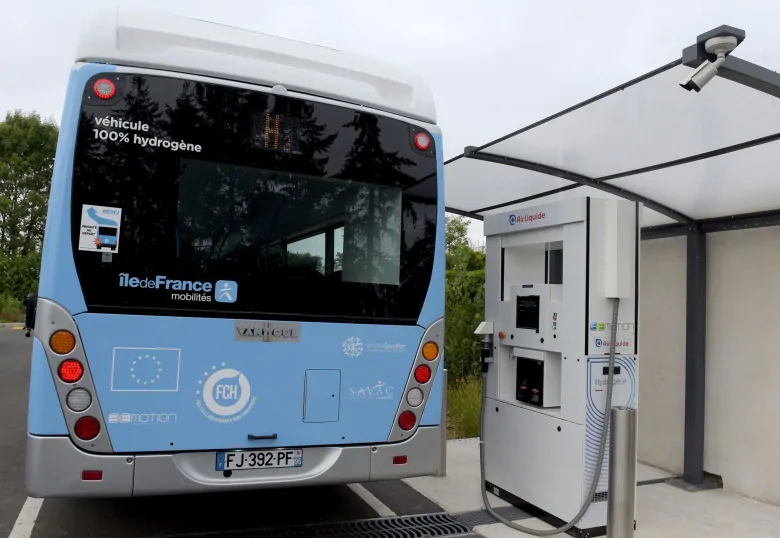In this week’s issue of our environment newsletter, we look at the promise of ‘green’ hydrogen, Elon Musk’s attitude to the COVID-19 lockdowns and what the federal government is doing to protect killer whales.

Hello, people! This is our weekly newsletter on all things environmental, where we highlight trends and solutions that are moving us to a more sustainable world. (Sign up here to get it in your inbox every Thursday.)
This week:
- There’s a lot of buzz about ‘green’ hydrogen, but actual projects are slow in coming
- Tesla’s Elon Musk takes on COVID-19 lockdowns
- Canadian government expands killer whale protections
There’s a lot of buzz about ‘green’ hydrogen, but actual projects are slow in coming

The idea of hydrogen as a green fuel source has been whispered about for decades, but the conversation is getting louder. And recent talk has involved real money.
From Australia announcing more than $270 million Cdn to boost industry projects to the European Commission’s trillion-euro “Green Deal,” which touts hydrogen as a “priority area,” it seems there’s keen interest in investment — even as part of a post-pandemic recovery.
Hydrogen has been proven to be a zero-emissions source of energy, capable of fuelling cars, trucks and power plants. It has powered space shuttles for 60 years. But the economics of it have always been in question.
“We are seeing a bit of an acceleration in the number of small pilot projects which are being announced,” said Kobad Bhavnagri, head of industrial decarbonization at research firm Bloomberg New Energy Finance.
“What we aren’t seeing is a sort of broad-based opportunity to invest in hydrogen projects and infrastructure. The policy mechanisms that would need to support that sort of investment aren’t in place.”
The money being pledged right now could be used to overcome some of the hurdles of creating hydrogen cleanly.
In addition to being a fuel source, hydrogen is used to make fertilizers and iron/steel and to refine oil. To get it, the most common industrial process involves reacting natural gas with steam, which produces hydrogen but also carbon dioxide.
Fossil fuels used to create hydrogen emit as much as 830 million tonnes of carbon dioxide annually, according to the International Energy Agency.
There are other ways to create hydrogen — and you may remember one from high school called electrolysis.
“It’s just a big word for something super simple,” said Alexander Lemieux, a hydrogeologist at Canadian Nuclear Laboratories. “We take water, we run an electrical current through it and then it splits into hydrogen and oxygen.”
Of course, the rub is how you get that electrical current. It’s not “green” hydrogen if it’s powered by fossil fuels. That’s why wind, solar and nuclear power are seen as ways toward low- or no-carbon electrolysis.
As an example, Lemieux suggests Ontario’s stable supply of nuclear power could be good for a hydrogen plant during off-peak demand.
The province could also be useful for another hydrogen hurdle: storing it. Lemieux authored a preliminary assessment last year exploring underground hydrogen storage in Ontario. The province’s salt caverns, more than 70 of which are used for natural gas storage, are seen as potential candidates.
“Salt is basically Silly Putty. It’s very plastic in the way that it moves. It has very low porosity,” Lemieux said, “so there’s not a lot of holes from which this hydrogen gas can escape.”
Even if a country can cleanly create and store hydrogen, there’s still the challenge of transporting it — whether as a gas or liquid, hydrogen is a different beast than natural gas — as well as enticing industries to build green hydrogen into their processes.
“Broadly speaking, the current mix of incentives is not really that strong,” said Bhavnagri, who recently analyzed the hydrogen industry’s future.
“You need about $300 billion [US] of investment over the next 10 years. And that in turn would require about $150 billion of subsidies to be offered by governments to build experience and reduce the costs of producing hydrogen from renewa

